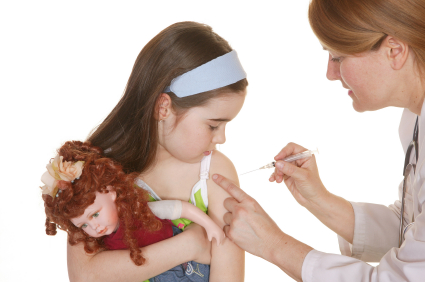Childhood obesity affects 1 in 6 children and puts kids at risk for respiratory problems, heart disease, diabetes, and more. About 10% of school children have asthma, and between 3-7% have been diagnosed with ADHD.
As parents, the worst thing we can do is to sit on the sidelines and watch as our children’s deteriorates. It only takes a few determined individuals working together to bring about positive changes in our schools, and as a result, healthier kids. Here are a few things you can do to help:
#1 Join the PTA

If you want to have an impact at your school, start by joining the Parent Teacher Association. This organization is already in place in most districts and has a mission to advocate on behalf of the children.
#2 Attend school board meetings

Going to your school’s board meetings will keep you informed about what’s going on at the school. You may also get a chance to speak up about any concerns you have.
#3 Review the school lunch menu
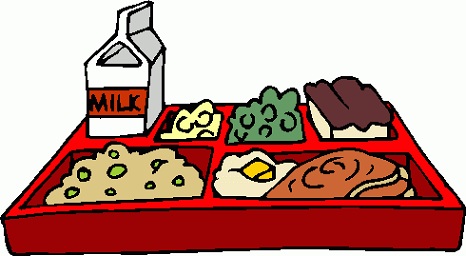
Ask to see a nutritional breakdown of the lunches being offered by your school and check to see how the caloric and nutritional value of your kids’ meals stack up against accepted nutritional guidelines. Keep in mind that calorie requirements vary widely by age and activity level. A preschooler might need as few as 1,000 calories per day, while an active teenage boy could require as many as 3,200. If you have concerns about the lunches being offered at your school, bring them up at the next PTA or board meeting.
#4 Advocate for more recess and physical education

Boys in particular need regular exercise to help them concentrate on their studies. Researchers have found strong evidence that physical activity improves academic performance. Some benefits found were: increased blood and oxygen flow to the brain, reduced stress levels, and better moods. Providing more time for physical activity during the school day would also help reduce the incidence of childhood obesity.
#5 Encourage kids to walk
Kids who walk to school are able to concentrate better all morning long. If your kids are young, walk them to school yourself, along with their friends. Older children and teens can walk by themselves in most communities. If it’s too far to walk, consider letting your older children ride their bicycles to school. Children with asthma can walk too, but they should avoid doing so during cold weather and be sure to carry a short-acting bronchodilator.
#6 Make sure your kids are vaccinated
Vaccinating your children not only protects them, but reduces the chances that they will pass on communicable diseases to other kids at school. The beginning of the school year is a good time to check to see whether any immunizations will be coming due throughout the next year. Don’t wait until you start getting notices from the school that your kids’ immunizations are out of date before taking action.
#7 Train your kids to wash their hands frequently

If your kids are used to washing their hands after every trip to the bathroom and whenever they touch something yucky, they won’t need to be reminded at school. Washing your hands is one of the best ways to prevent colds, flu, and other illnesses.
#8 Keep your kids home when they’re sick.
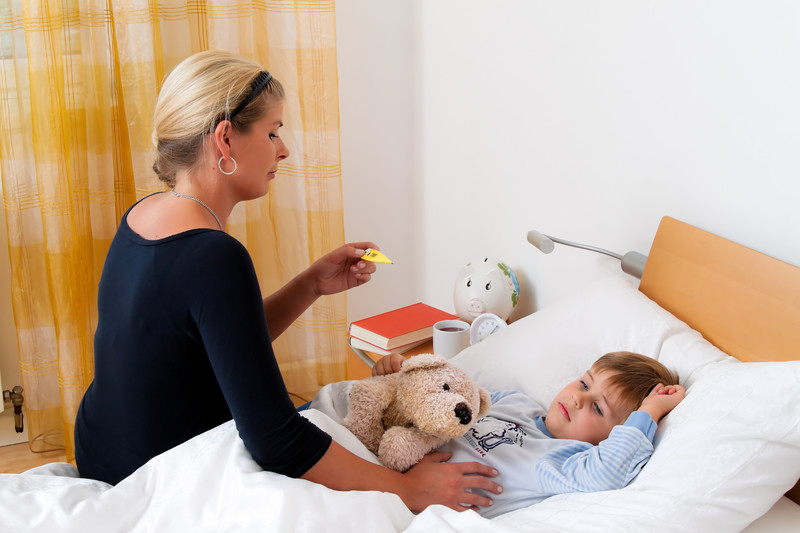
If your child has a fever, severe cold or flu symptoms, diarrhea, vomiting, pinkeye, or a rash that you’re not sure about, you should keep him or her home so the illness isn’t passed on to other kids at school.
#9 Start a school garden
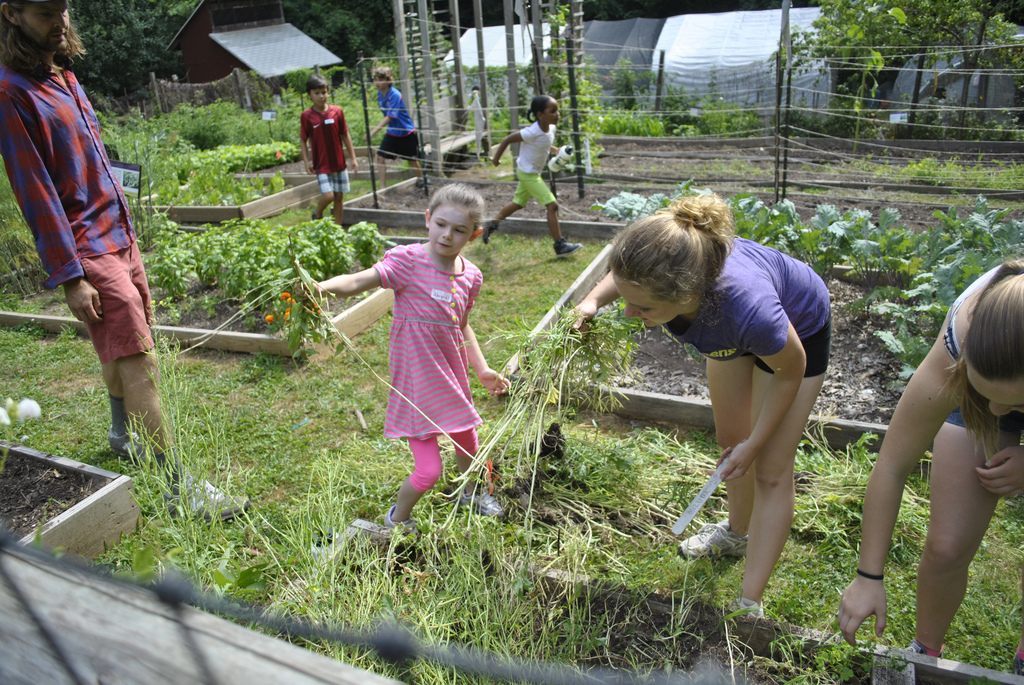
Work with the PTA or another school organization to help get a garden project started at your school. This helps establish healthier eating habits. When kids grow vegetables themselves, they are more likely to eat them.
#10 Urge schools to serve more Omega-3 rich foods
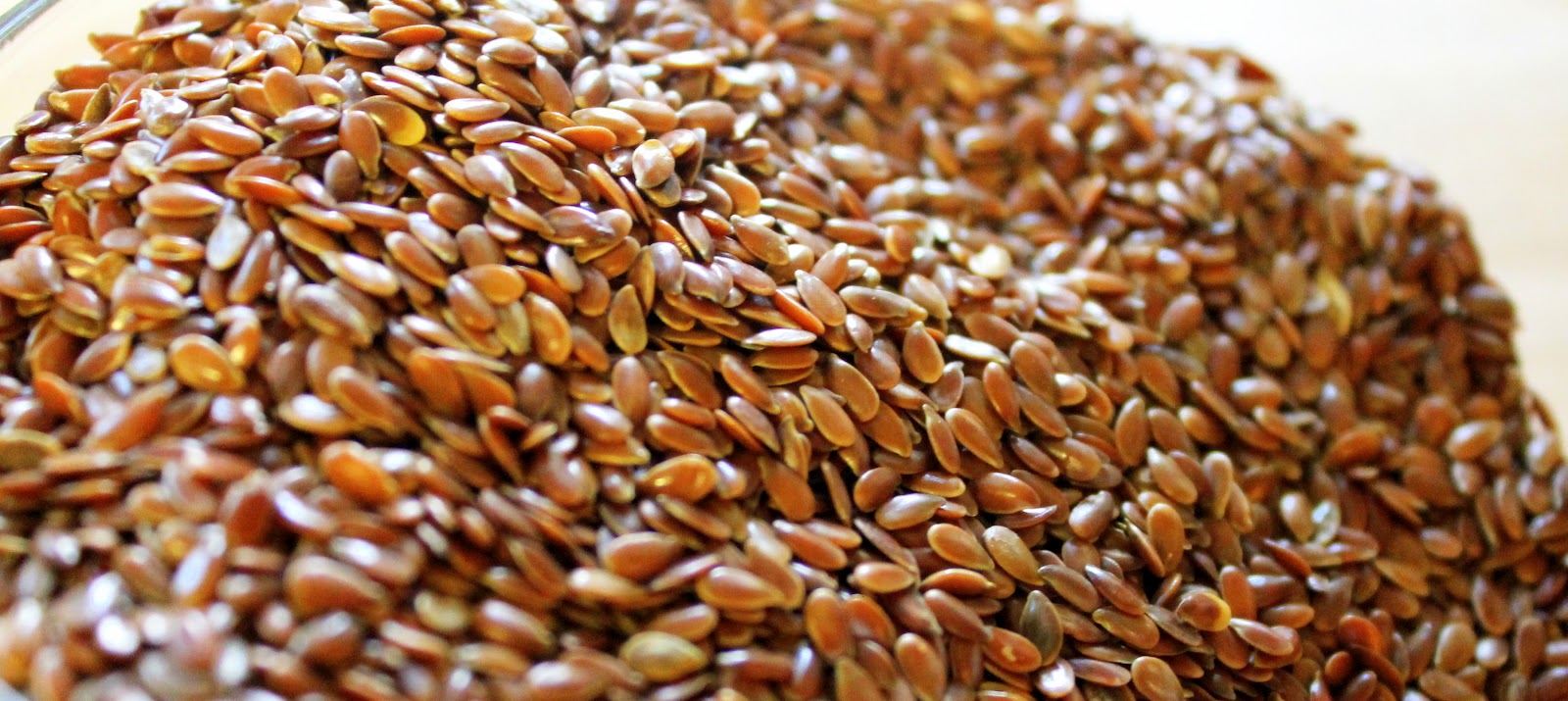
The omega-3 fatty acids found in fish such as tuna and salmon have been linked to higher scores on memory and reading tests and fewer behavioral problems among schoolchildren. However mercury levels in all fish should be measured. An excellent source of Omega-3’s can also be found in flaxseeds. Ground flaxseeds can be added to a number of foods kids will love.
#11 Make posters encouraging healthy behavior
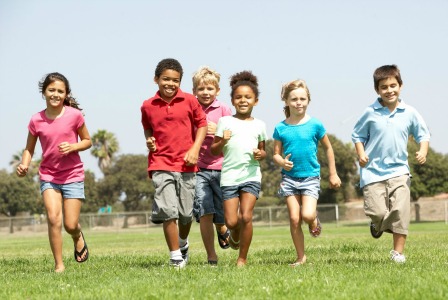
Ask fellow PTA members to help you make up posters communicating the importance of healthy habits such as hand washing, healthy eating, and exercise to hang in the school hallways. Be sure to get approval ahead of time. Alternatively, one or more teachers could be recruited to have their kids make the posters as a school project.
#12 Set a good example

Parents who are overweight have kids who are overweight. It’s not just the kids who need to get active. Try to find an activity you can do together with your kids. Better yet, start a family activity night, sports tournament or other activity and invite the whole community.
By encouraging healthier habits at home and working to bring about changes at school, you can help make your child’s school a healthier place. And healthy, physically fit kids are not only happier, but they also do better in school.
Sources:
- Centers for Disease Control and Prevention, Combatting Childhood Obesity
- Centers for Disease Control and Prevention, Asthma and Schools
- Centers for Disease Control and Prevention, Attention-Deficit/Hyperactivity Disorder (ADHD) Data and Statistics
- Mayo Clinic, Nutrition for kids: Guidelines for a Healthy Diet
- Phys.org, Boys need regular doses of action to focus on study
- BBC.co.uk, Academic performance at school linked to exercise
- Science Nordic, Children who walk to school concentrate better
- MedicineNet.com, Best Exercises for Asthma: Yoga, Swimming, Biking, and Walking
- Centers for Disease Control and Prevention, Wash Your Hands
- ScienceDaily, Children Eat More Fruits and Vegetables if They are Homegrown
- Remake Learning, How Physical Activity Can Help Kids Do Better in School
- NY Daily News, Eating fish such as salmon and tuna helps kids do better in school: study
- FitDay, Unhealthy Parents, Unhealthy Kids?






